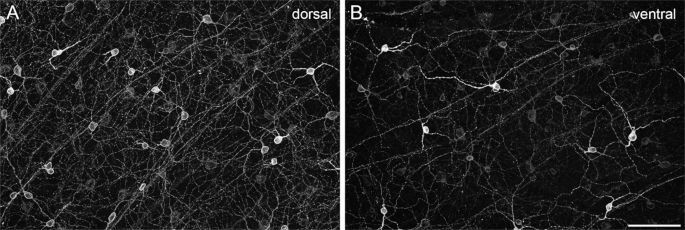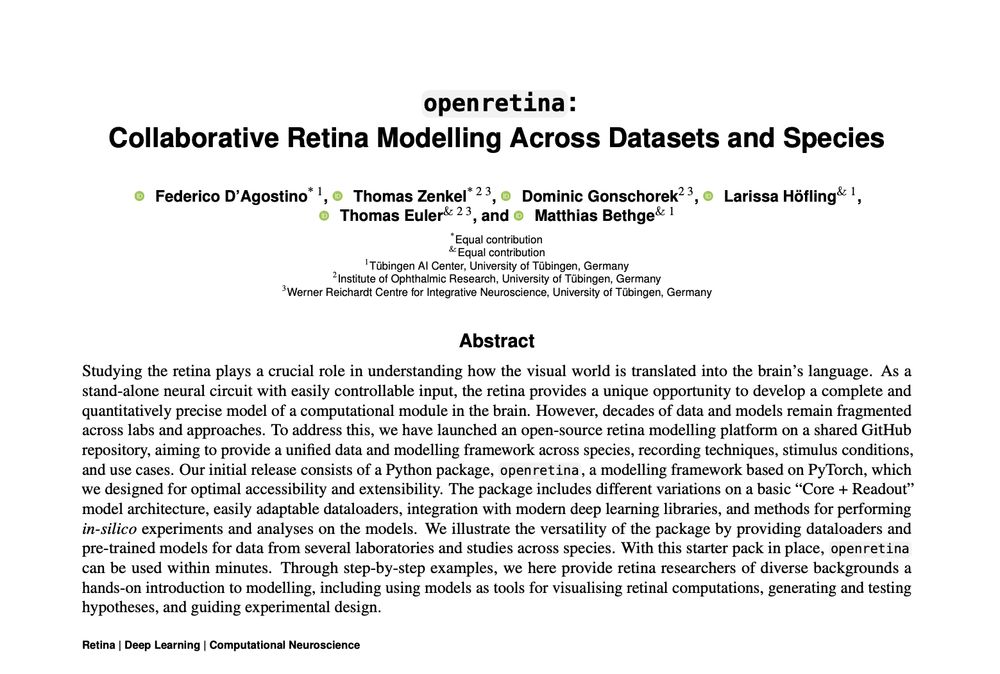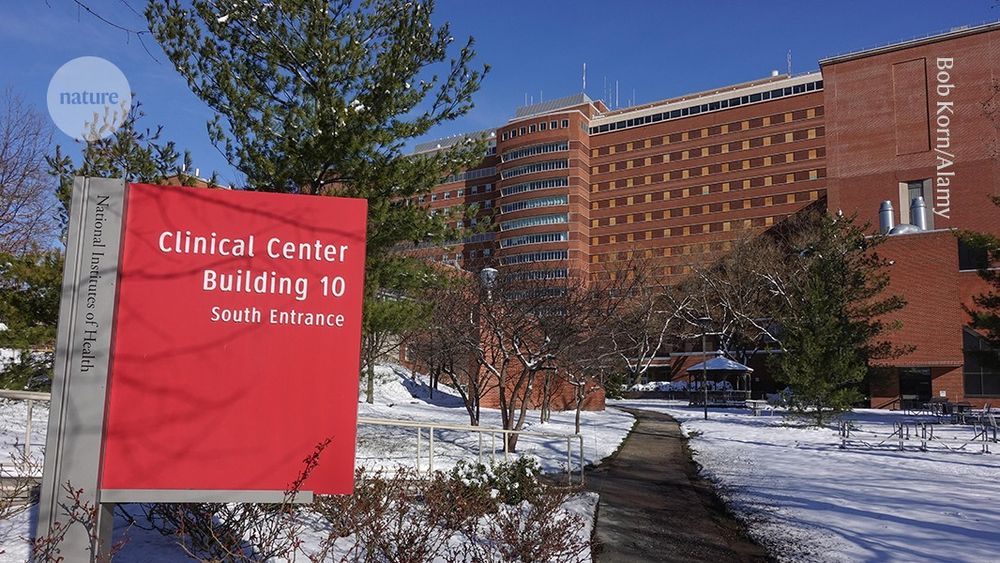




'Zebrafish use spectral information to suppress the visual background'
Huge thanks to @neurofishh.bsky.social & @teuler.bsky.social
@cellpress.bsky.social @cp-cell.bsky.social
👇🏻
www.cell.com/cell/fulltex...

'Zebrafish use spectral information to suppress the visual background'
Huge thanks to @neurofishh.bsky.social & @teuler.bsky.social
@cellpress.bsky.social @cp-cell.bsky.social
👇🏻
www.cell.com/cell/fulltex...
First is that our paper on the transcription factor Adnp and the ChAHP chromatin remodelling complex is now out.
www.pnas.org/doi/10.1073/...
I already blurted the paper here: bsky.app/profile/pier...
First is that our paper on the transcription factor Adnp and the ChAHP chromatin remodelling complex is now out.
www.pnas.org/doi/10.1073/...
I already blurted the paper here: bsky.app/profile/pier...

We're looking for art work to represent our research on sleep & mental health. Deadline: 31st December!
More info here: www.sleepengineering.co.uk/art-call-out

We're looking for art work to represent our research on sleep & mental health. Deadline: 31st December!
More info here: www.sleepengineering.co.uk/art-call-out

systems and/or developmental biology. @socdevbio.bsky.social @ascbiology.bsky.social



systems and/or developmental biology. @socdevbio.bsky.social @ascbiology.bsky.social




📄 The Rod Bipolar Cell Pathway Contributes to Surround Responses in OFF Retinal Ganglion Cells
👉 www.biorxiv.org/content/10.1...

📄 The Rod Bipolar Cell Pathway Contributes to Surround Responses in OFF Retinal Ganglion Cells
👉 www.biorxiv.org/content/10.1...

Aimed at non-french scientists who are curious, but french ones may find it useful too.
Aimed at non-french scientists who are curious, but french ones may find it useful too.
www.tscnlab.org/seminar

www.tscnlab.org/seminar

"Region-specific nucleus accumbens dopamine signals encode distinct aspects of avoidance learning"
Congrats, Gaby!!!

"Region-specific nucleus accumbens dopamine signals encode distinct aspects of avoidance learning"
Congrats, Gaby!!!
Scientists are closer to the answer with the largest wiring diagram and functional map of a mammalian brain to date. 🧵
🧠📈
Scientists are closer to the answer with the largest wiring diagram and functional map of a mammalian brain to date. 🧵
🧠📈
My first work as a last author is out! 🧵⬇️
We explore how the mouse retina responds to UV & green light and why achieving the right natural illumination is crucial for accurately studying color vision.
By Filippo Castellani, Awen Louboutin & Tom Quétu
doi.org/10.1101/2025...

My first work as a last author is out! 🧵⬇️
We explore how the mouse retina responds to UV & green light and why achieving the right natural illumination is crucial for accurately studying color vision.
By Filippo Castellani, Awen Louboutin & Tom Quétu
doi.org/10.1101/2025...

We’ve just launched openretina, an open-source framework for collaborative retina modeling across datasets and species.
A 🧵👇 (1/9)

We’ve just launched openretina, an open-source framework for collaborative retina modeling across datasets and species.
A 🧵👇 (1/9)
https://go.nature.com/4hvSeto

https://go.nature.com/4hvSeto
Coral anthozoan-specific opsins employ a novel chloride counterion for spectral tuning|
www.biorxiv.org/content/10.1...

Coral anthozoan-specific opsins employ a novel chloride counterion for spectral tuning|
www.biorxiv.org/content/10.1...

